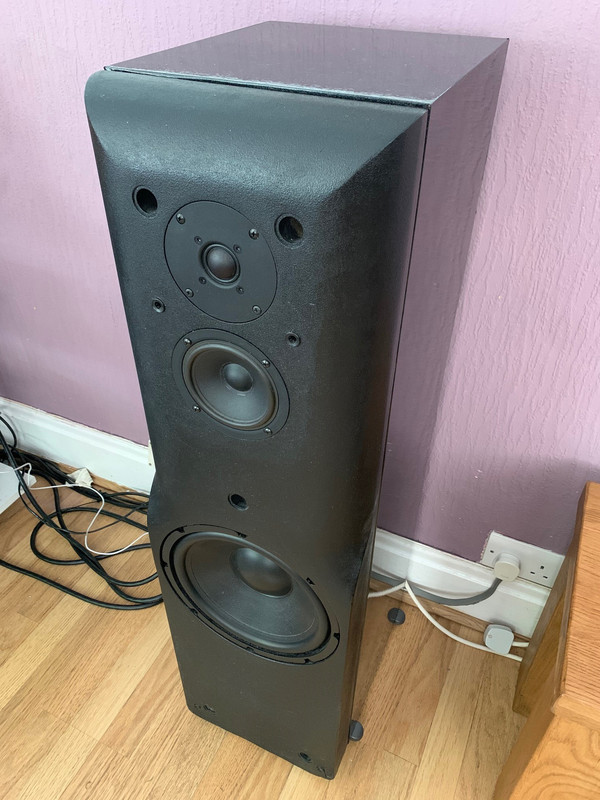Robert
Tapehead
That is a very good point. I suspect it is actually the key thing I learned when trying to use a pair of Decca ribbon tweeters as super-tweeters with my Tannoys. Just didn’t work to my ears, though I’d argue I did far better than Tannoy’s own attempts!
A nice 5" Kef Uni-Q paired with a 12" woofer in a closed box design. Needs to be done.


